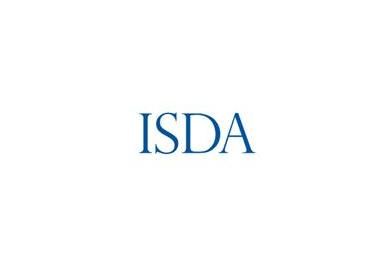Industry attempts to revive liquidity in the market for single-name credit default swaps has been given the seal of approval from industry body, ISDA. The association today recommended an amendment to the frequency of rolls for single-name CDS that will bring the instruments closer in line with the more liquid index CDS market.
Under the current convention, participants roll into new on-the-run contracts every quarter and the latest recommendation would see contracts rolled on a semi-annual basis – in March and September.
Given the bilateral nature of CDS contracts there is no requirement for industry participants to adopt the new roll proposals. The change, however, is one that many dealers have been calling for in an attempt to revive trading in a product that has faced a series of headwinds and forced some high-profile dealers to exit the business.
A shift from the quarterly convention, which reflects IMM futures expiries, to the semi-annual convention of index CDS could see roll revenues slashed. But most are expected to embrace the change as it should be accompanied by a reduction in capital charges. Fewer rolls means a reduction in the number of legacy contracts sitting on dealer balance sheets. Provisions under the Basel III leverage ratio framework contain an add-on of 5% of notional for investment-grade reference entities and 10% for high-yield.
While many see the shift as a key factor in building liquidity, some note that a reduction in roll date frequency could force bond investors to buy longer-dated instruments than required for hedging their cash bond exposures.
“It will be interesting to see if it has a significant impact on the bond markets as, depending on when the bond matures, bondholders might have to buy CDS protection for a longer period after the bond matures than before,” said Simon McKnight, derivatives lawyer at Linklaters.
ISDA proposes a potential go-live date of December 20 for the changes and is working with market participants to determine whether to propose changes for legacy transactions.
Post-crisis slump
Single-name CDS volumes have tanked since the financial crisis. Notional outstanding of single-name CDS stood at US$9trn as of December 2014 – down from a peak of US$33trn in June 2008, according to data from the Bank for International Settlements.
The decline stems in part from the death of the synthetic CDO market that was a primary driver behind the pre-crisis boom in volumes. But other factors have also played a part: for example, the European ban on holding naked sovereign CDS positions and low default rates that have reduced hedging requirements.
However, with the Federal Reserve expected to embark on its first rate hikes in almost a decade this September, many believe that the instruments could become increasingly attractive once again.
“While rates are at zero, there hasn’t been any incentive for selling CDS as you can’t make a decent spread, but as soon as the Fed starts hiking, the instrument makes a lot more sense for both buyers and sellers as the spread makes trading it more worthwhile,” said one industry participant.
Dealers also hope that aligning the roll dates with index CDS will smooth the path towards central clearing of the instruments. Asset managers have been reluctant to clear single-name CDS, particularly in Europe where there is no regulatory requirement.
“Some big asset managers are looking at clearing, but it’s a cost that most aren’t willing to pay,” said the credit head at one European dealer. “As an alternative to the illiquid cash market, single-name CDS makes a lot of sense, and if we can create incentives to clear, I think the market will grow.”
